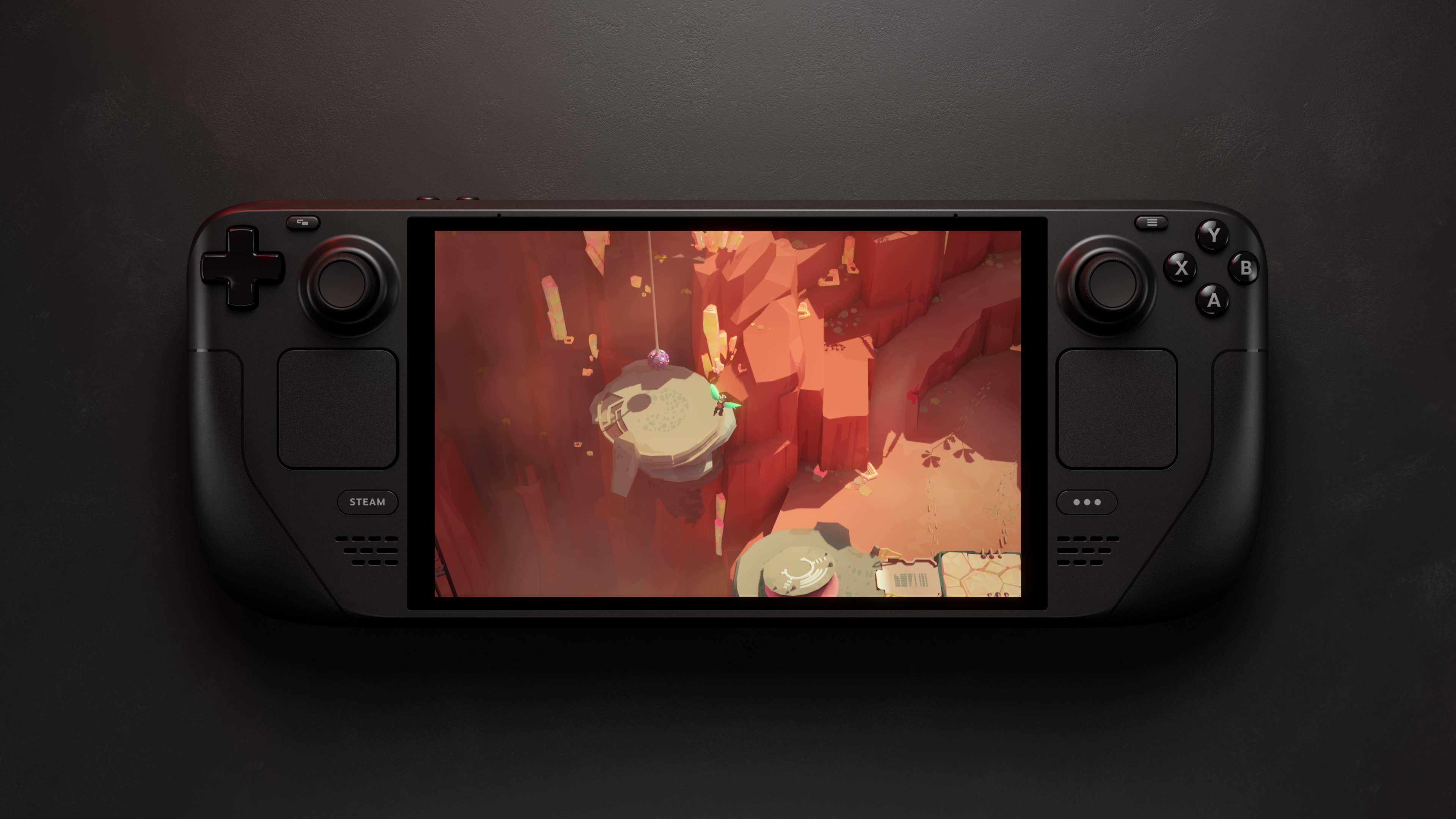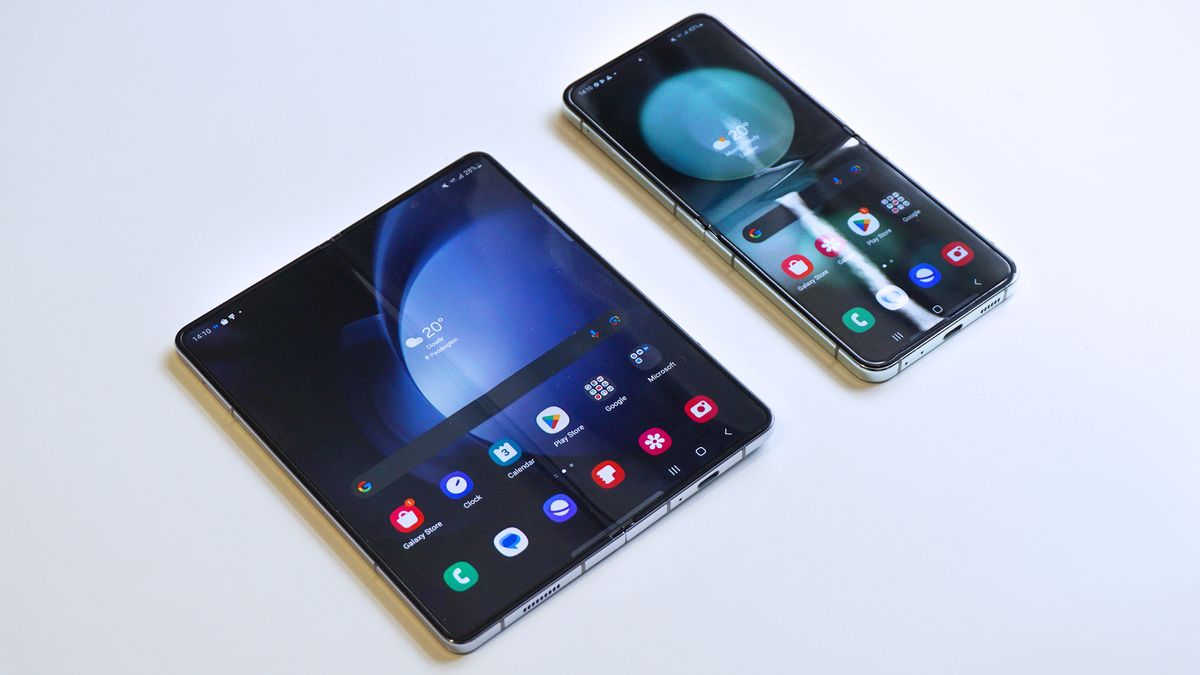Even better than the flagship model
The OnePlus Watch 2R looks like a shrewd move by OnePlus to capitalise on the introduction of the OnePlus Watch 2. A smartwatch that while we bemoaned its heft, did make great battery life gains for Wear OS and overall offered a great smartwatch experience.
The Watch 2R essentially takes all of the same smarts and wraps it up in a look that loses some of the Watch 2’s higher quality materials. it will still be a smartwatch that will let you use Google apps like Maps to get around, uses the same dual engine architecture to power performance, and promises the kind of battery that betters most of the Wear OS competition.
Making those design changes has allowed OnePlus to drop the price, making the Watch 2R a cheaper Wear OS alternative to the cheapest Samsung Galaxy Watch 7 model, the TicWatch Pro 5 and the new Google Pixel Watch 3.
Yes, you do lose some of the added allure of the more expensive OnePlus Watch 2, but the result is perhaps a better smartwatch overall.
Design & Build
- Black or green colours
- Aluminium instead of stainless steel
- Lighter than Watch 2
Design really is the big story here with the Watch 2R when you compare it with the Watch 2.
It sticks to a 47mm-sized case, which is still going to be too big for some, though I found wearing it perfectly fine and my wrists are on the small side.
It measures in with the same 12.1mm thickness as the Watch 2 and carries the same waterproof rating, which makes it safe to being submerged in water up to 50 metres depth.
The downside is that you’re missing out on those nicer materials, the upside is it’s now a lighter (and cheaper) watch which makes that larger case a more manageable one to wear
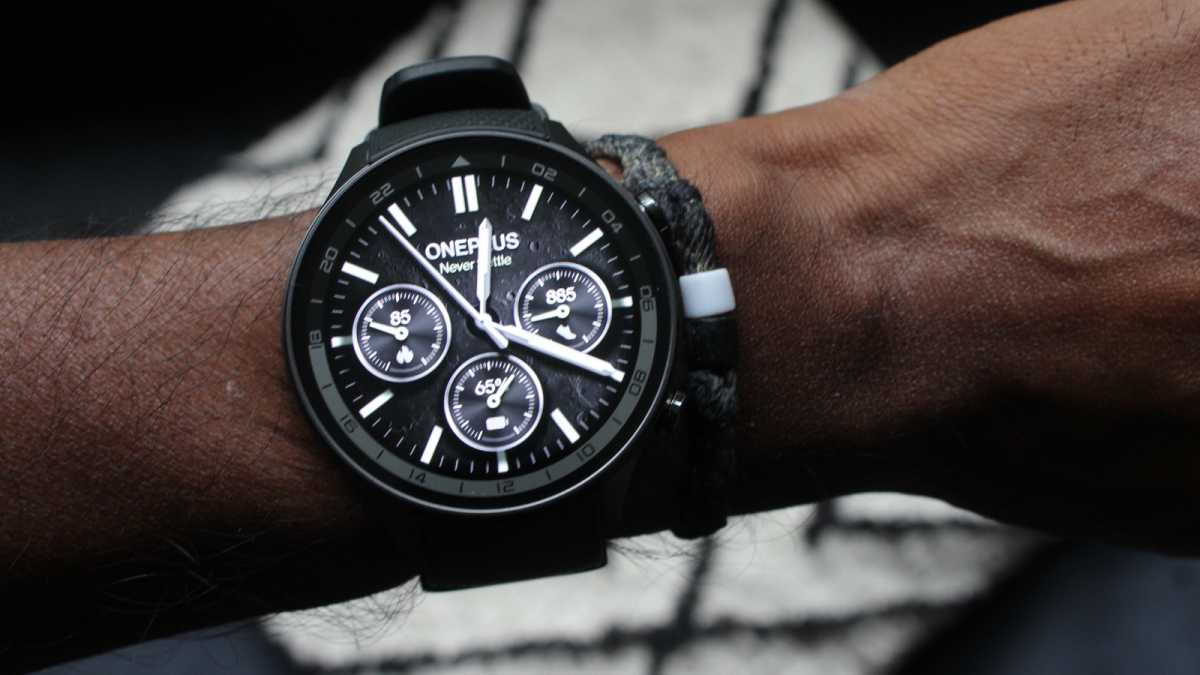
Where things have changed is OnePlus swapping the stainless steel case for a lighter aluminium alloy. It’s also replaced the sapphire crystal covering the screen for a 2D glass one, so you’re getting a downgrade in protection against scratches.
The downside is that you’re missing out on those nicer materials, the upside is it’s now a lighter (and cheaper) watch which makes that larger case a more manageable one to wear. Still, a smaller size would be a welcome addition as is essentially industry standard now Apple, Samsung, Google and Huawei all offer two sizes for core smartwatches.
We continue to wish but the overall weight has gone from 80g to 59g compared to the Watch 2, so that’s a big difference for a watch (over 26%). While I didn’t find that the Watch 2 was a hefty smartwatch to strap on, some will prefer the noticeable drop in weight.

The fluororubber strap remains the same and comes in forest green and gunmetal grey colours. You don’t get the option of the nicer leather band available on the Nordic Blue edition of the Watch 2 (pictured above). There are two crown-style physical buttons on the right side of the case, which means OnePlus has opted not to use a flatter one like it has on the Watch 2.
Is the Watch 2R a nice-looking smartwatch? It mostly is without stirring us in the way that some other smartwatch designs too. I think the downgrade in case material means it makes less of a statement, particularly sat alongside that Nordic Blue edition.
It might have been an opportunity for OnePlus to play with things a little more on the looks front but instead, it’s opted to simply match the Watch 2 while dropping the metal and sapphire crystal.
Screen & Audio
- Same 1.43-inch AMOLED display as Watch 2
- Uses 2D glass
- Includes microphone and speaker
Scratch protection downgrade aside, the screen on the Watch 2R is the same one used on the Watch 2.
So that’s a 1.43-inch, 466 x 466 resolution AMOLED with a maximum brightness of 600 nits that also includes the same high brightness mode as the Watch 2 that manages to push that to 1,000 nits.
That is activated automatically when in bright environments and when the adaptive brightness mode is on.
you’re getting a very high-quality AMOLED panel in an affordable watch
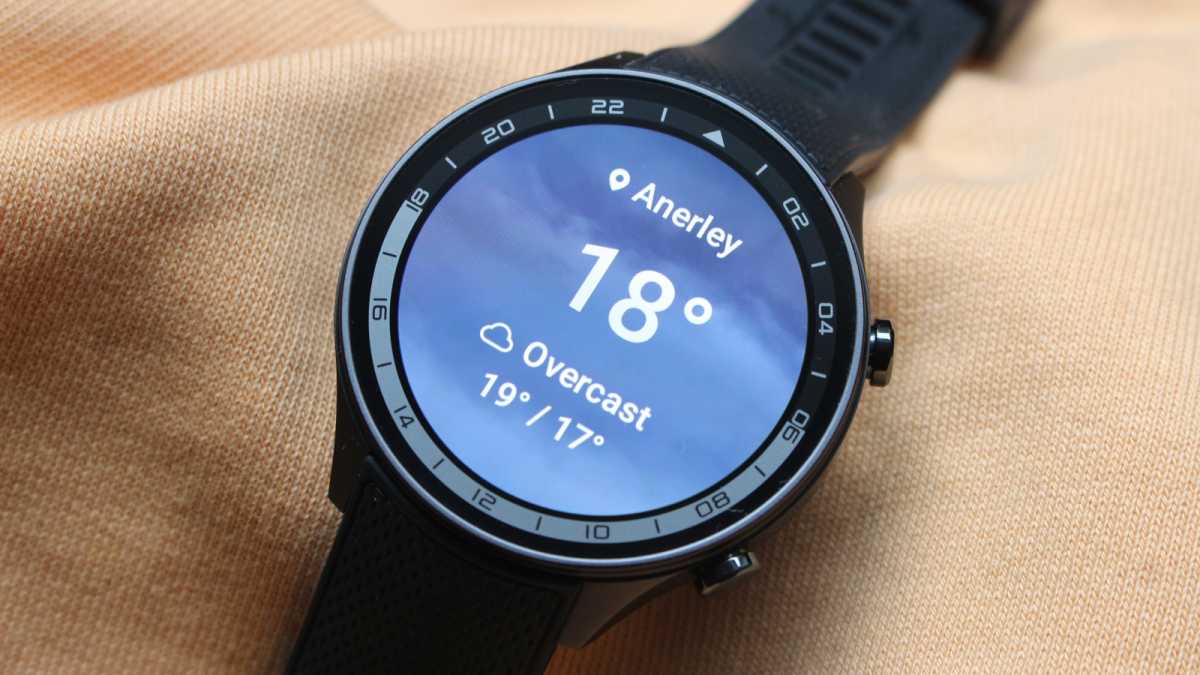
In essence, you’re getting a very high-quality AMOLED panel in an affordable watch that is bright, vibrant, colourful and sharp as well too. It’s a nice step up in overall quality from the first OnePlus Watch and can be set to use in always-on mode.
A microphone and speaker remain here and while you won’t get a LTE flavour of the Watch 2R, you do have the ability to handle calls over Bluetooth.
That also means you can have chats with Google Assistant and while responses and calls aren’t exceptionally crisp or clear, they’re still fitting to use those voice-based features if you need them.
Software & Features
- Not the latest Wear OS software
- 32GB of storage
- Over 100 watch faces
OnePlus uses a combination of software and chipsets, which thankfully works harmoniously.
It runs on Wear OS 4, so not the latest Wear OS 5 included on the Samsung Galaxy Watch 7 and the Google Pixel Watch 3. That’s matched up with an RTOS operating system, which is software you’d typically associate with more affordable smartwatches that sit below the Watch 2R.
It remains a smartwatch that’s also only for Android phone users.
Using the Watch 2R as a smartwatch is pleasingly straightforward

Powering that software duo is a BES2700BP processor and one of Qualcomm’s Snapdragon W5 Gen 1 processors. The idea is that Qualcomm’s processor takes care of richer smartwatch features like running apps or displaying maps while the other is reserved for features like displaying notifications. You’ve also got 2GB of RAM and 32GB of storage to let you pile apps and audio onto it as well.
Using the Watch 2R as a smartwatch is pleasingly straightforward. Like other Wear OS watches, your data and modes are just a swipe away from the main watch screen. Google’s Tiles (widgets) are well optimised to the round screen, you can adjust the view for the app screen and swiping and launching features is nice and swift.
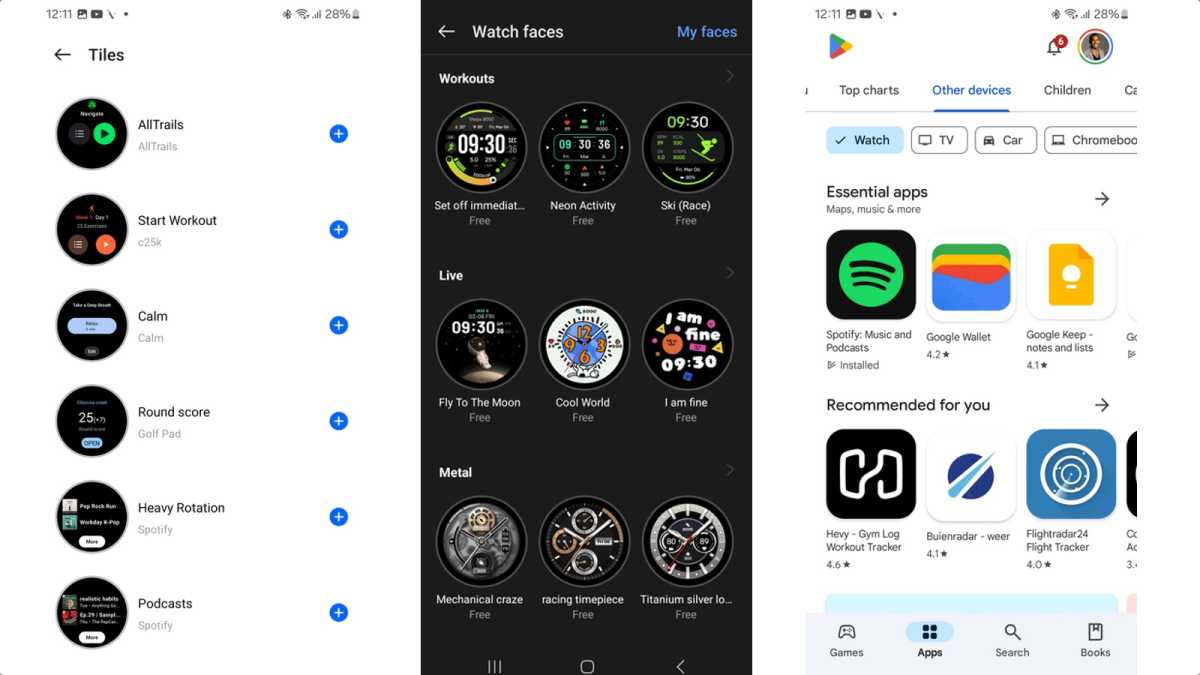
I found viewing and acting on notifications slick, you’ve got a good mix of watch faces to pick from, while Google’s apps like Maps, Wallet and YouTube Music are very much welcomed alongside the smaller collection of native apps for features like music controls and weather forecasts.
The companion OHealth app isn’t what I’d consider the best of the companion smartwatch apps. It’s a hub as expected for your health and wellness metrics and will let you access more watch faces and delve into the Google Play Store from a larger screen, though it’s a relatively good experience doing the same on the watch itself.
If the aim was to replicate the slick performance of the OnePlus Watch 2, that’s certainly achieved here.
Fitness & Tracking
- Includes new dual-frequency GPS
- New advanced running metrics for runners
- Tracks heart rate and blood oxygen levels
It’s good to see that OnePlus has managed to retain the same fitness, sports and wellness monitoring features as the pricier OnePlus Watch 2. That includes access to over 100 sports modes, heart rate and SpO2 tracking, rich sleep data and it will of course track your daily steps.
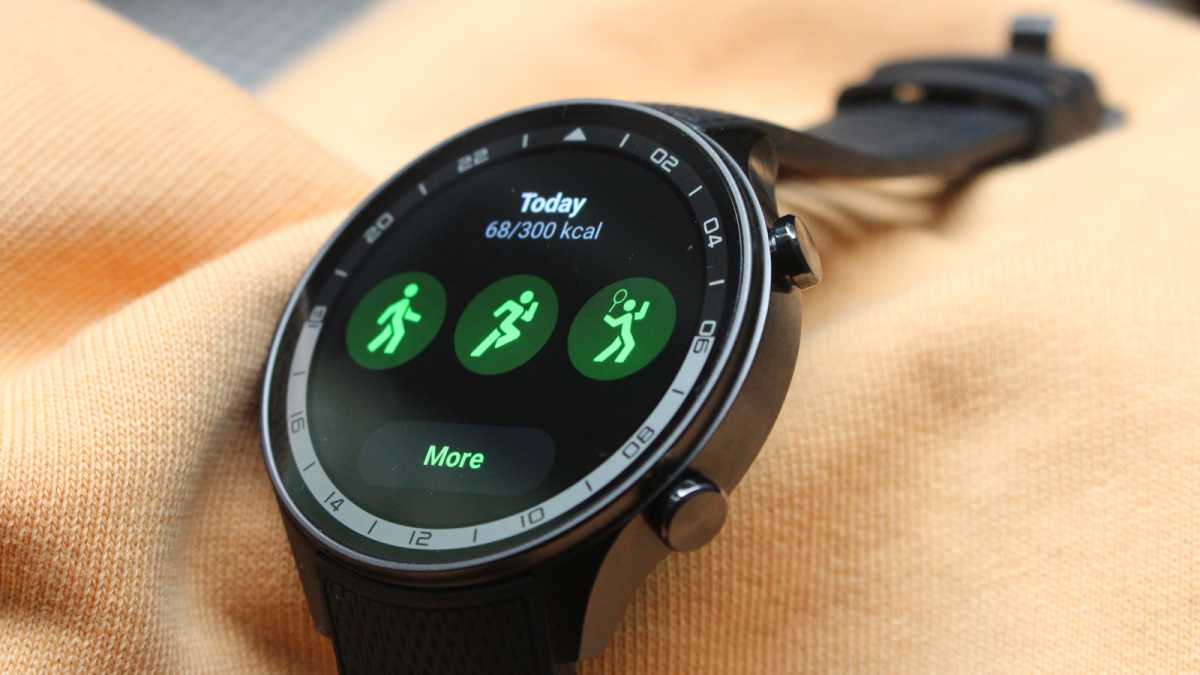
I was intrigued to see whether the spotty heart rate performance I experienced on the Watch 2 was as bad on the 2R. Resting heart rate and heart rate tracking during sleep was nicely in line and when it came to exercise it seemed to perform better against a heart rate monitor chest strap.
Average heart rate readings typically matched and while maximum heart rate readings were generally a touch higher, it was 3-4 BPM higher. That’s a massive improvement from the double-figure differences on the Watch 2.
The dual-frequency GPS mode, which is now becoming more commonplace on smartwatches, seeks to tap into multiple satellite frequency bands to improve accuracy when tracking near tall buildings or heavily wooded areas.
On outdoor runs, again, I was impressed by the improvement in performance. Distance tracking, while not identical to a Garmin watch with great dual-band support, wasn’t far off either, and the GPS tracks looked good too.
The dedicated fitness tracking screen on the watch is another that looks like a riff off of Apple’s rings, but instead, it includes four separate rings to represent steps, calories, workout minutes with the ability to adjust your daily goals. I found daily step counts were typically around 1,000 steps below another fitness tracker, so not quite as good as the Watch 2 in this particular department.
When it’s time for bed, the following day you’ll get a nice breakdown of your sleep stats on the watch and then you can dig deeper on the OHealth app. That’s where you can delve into metrics like respiratory rate, heart rate and access features like assessing breathing problems.
The core sleep data has looked pretty good to me on most nights. Sleep duration data compared to other sleep trackers was within 20-30 minutes or just minutes off from them. Sleep stage breakdowns and sleep scores were pretty similar too.
OnePlus doesn’t offer a huge amount in the way of insights, but if you care about those core sleep stats, it does a pretty good job of it.
Battery Life & Charging
- Same 100 hour-battery as Watch 2
- Up to 2 days in heavy usage mode
- Fully charges in 1 hour
Given that nothing has really changed on the inside of the 2R compared to the 2, you can expect to enjoy the same level of battery life. There’s a 500mAh capacity battery that OnePlus says can go for 100 hours (4 days).
When you switch the screen to always-on, it’s going to be closer to 2 days. There’s also a power saving mode that can give you up to 12 days and that’s all while still letting you do things like stay connected to your phone over Bluetooth.
the Watch 2R is absolutely capable of lasting for 4 days

I’d say that the Watch 2R is absolutely capable of lasting for 4 days, if you choose not to have the screen on 24/7 and you’re not regularly using features like mapping, music streaming and tracking GPS-based workouts. Using the GPS for instance sees the drop by 6% for an hour’s use.
What has surprised me is that when switching to the power saving mode, you can actually still do a fair bit with the watch. I could still track GPS workouts for a couple of days, view notifications, read messages and still use it as a smartwatch, which is impressive.
So, even if you do use it in that heavy usage scenario, that power saving mode can really help to make sure you get a significant amount of extra watch time.
On top of that, you’ve got a rapidly charging watch as well, especially when you factor in the VOOC fast charging support.
It will give a day’s play from 10 minutes of charging and fully charges in just an hour, making it one of the quickest-charging smartwatches out there.
Price & Availability
The OnePlus Watch 2R was officially announced in July 2024 with a £249/$229 launch price, which has since dropped significantly. That makes it a very affordable alternative to the OnePlus Watch 2, which currently sits at £279/$299.
To put that into context with other Wear OS smartwatches, the new Google Pixel Watch 3 is priced at £349/$349, the TicWatch Pro 5 is £329/$349 and the cheapest Samsung Galaxy Watch 7 sits at £289/$299.
Check our rankings of the best smartwatches for all the top options.
Should you buy the OnePlus Watch 2R?
The OnePlus Watch 2R has performed well for me and in many was it better than the Watch 2.
It might not have that same alluring look as the Watch 2 Nordic Blue edition, but the software and power inside it are the same and that gives you the same great all-round smartwatch with some good fitness features that I think make it the better option.
Other Wear OS smartwatches will offer you more in the way of health monitoring and cellular connectivity, which will be desirable to some, but those watches outside of the TicWatch Pro 5, can’t do what OnePlus manages to do for Wear OS and battery performance.
The look is just nice enough, it’s at a much nicer price than most other Wear OS options and crucially, is just as good a smartwatch that will have you thinking slightly less about charging it compared to more expensive Wear OS smartwatches.
It would just be nice if there was a smaller size.
Specs
- Wear OS 4.0
- Snapdragon W5+ Gen 1
- 2GB RAM and 32GB ROM
- 1.43-inch AMOLED
- Built-in dual-frequency GPS
- NFC with Google Wallet
- PPG heart rate sensor
- Waterproof up to 50 metres
- Works with Android only



